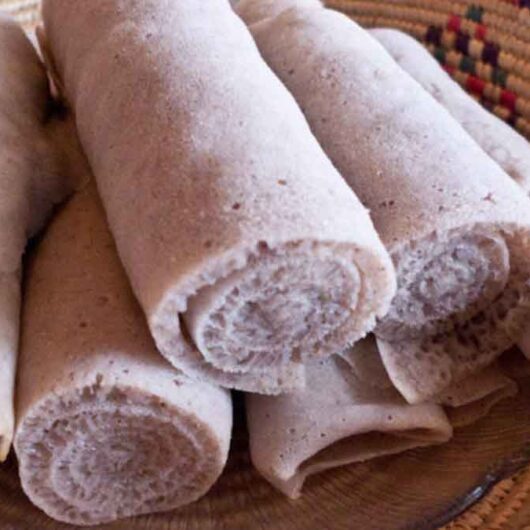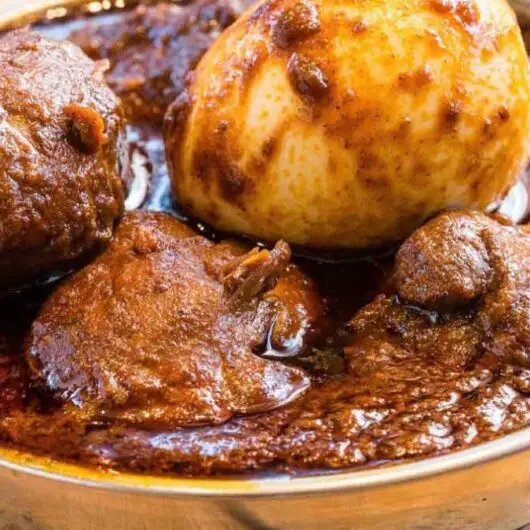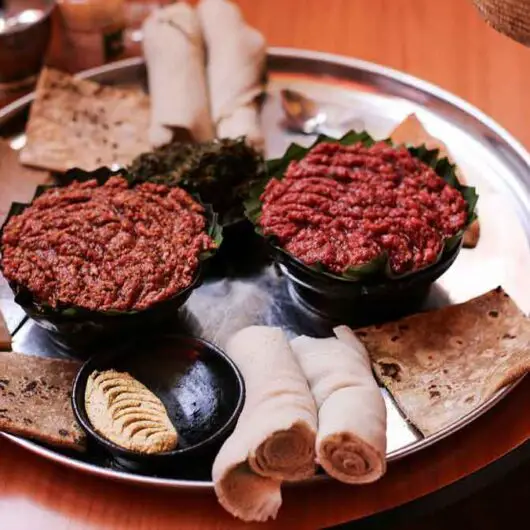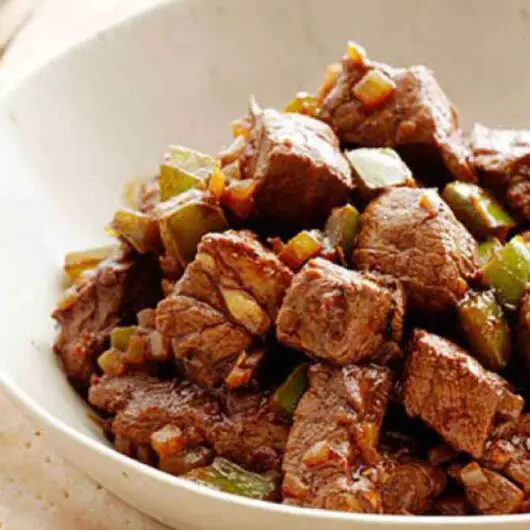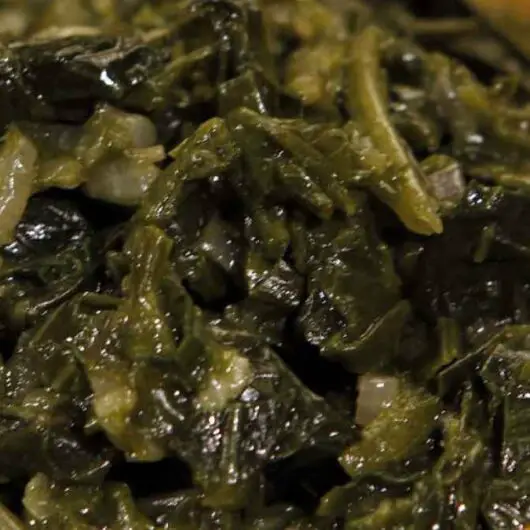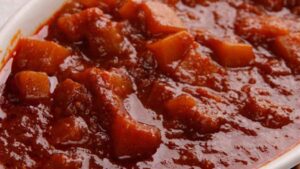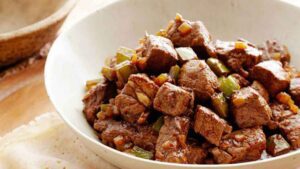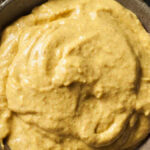Ethiopian food is actually a great choice for people who follow a gluten-free diet! Injera, the spongy flatbread that’s a staple of Ethiopian cuisine, is naturally gluten-free because it’s made from teff flour. Teff is a tiny grain native to Ethiopia and Eritrea, and it’s becoming increasingly popular for its nutritional value and versatility in gluten-free cooking.
Here’s a quick breakdown of why Ethiopian food is gluten-free friendly:
- Teff-based injera: Injera is the foundation of Ethiopian cuisine and it’s made with teff flour, which is naturally gluten-free.
- Focus on legumes and vegetables: Ethiopian stews and dishes often feature lentils, chickpeas, and various vegetables, which are naturally gluten-free.
- Spices and herbs: Ethiopian cooking relies heavily on spices and herbs for flavor, which are naturally gluten-free.
There are a few things to keep in mind, though:
- Double-check specific dishes: While most Ethiopian cuisine is gluten-free, there can be occasional variations that include barley or wheat. Injera is traditionally gluten-free, but in rare cases it might be made with wheat flour. It’s always best to double-check with the restaurant about ingredients if you have celiac disease or a severe gluten sensitivity.
- Be aware of injera preparation: Injera is sometimes cooked on the same griddle as gluten-containing foods, which could lead to cross-contamination. If you have celiac disease, it’s best to mention this to the restaurant and see if they can accommodate your needs.
Overall, Ethiopian food is a delicious and naturally gluten-free cuisine that offers a variety of flavorful options. Just be sure to communicate any gluten restrictions you have and enjoy!
What is Gluten?
Gluten is a group of proteins found naturally in certain grains, including: Wheat (including spelt, durum, einkorn, kamut, and farro), Barley, Rye, Triticale (a cross between wheat and rye), etc.
Gluten helps foods maintain their shape and gives them a chewy texture. It acts like a glue that holds ingredients together. For example, gluten is what allows bread dough to rise and become elastic.
While gluten is harmless for most people, it can cause health problems for people with certain conditions, such as celiac disease, wheat allergy, and non-celiac gluten sensitivity.
Is Gluten Bad For You?
Gluten itself isn’t inherently bad for you. In fact, it can be a source of nutrients like protein and fiber, especially when consumed in whole grains. Here’s a breakdown:
- For most people: Gluten is perfectly safe to consume and provides nutrients.
- For people with celiac disease: Gluten triggers an autoimmune response, damaging the small intestine. They need to strictly avoid gluten.
- For people with non-celiac gluten sensitivity: Gluten causes digestive issues but doesn’t damage the intestines. They may benefit from a gluten-free diet.
There’s also some ongoing research into the connection between gluten and other health conditions.
Here’s the key takeaway: If you don’t have a diagnosed gluten sensitivity, you don’t necessarily need to avoid it. However, if you suspect you might have problems with gluten, it’s best to consult a doctor or registered dietitian for proper diagnosis and guidance.
Who Should Avoid Gluten?
Here are the main groups of people who should avoid gluten:
- People with celiac disease: This is an autoimmune disease where consuming gluten triggers the body to attack the small intestine. It can lead to serious health problems if left untreated. Diagnosis typically involves blood tests and an intestinal biopsy.
- People with wheat allergy: This is an allergy specifically to wheat, not necessarily all gluten-containing grains. Symptoms can include skin rashes, trouble breathing, or other allergic reactions.
- People with non-celiac gluten sensitivity (NCGS): This is a condition where people experience gluten-related symptoms like bloating, diarrhea, or fatigue, but don’t have celiac disease. Diagnosis mainly involves excluding celiac disease and then observing how someone feels with and without gluten in their diet.
In addition to these:
People with certain other medical conditions may be advised to avoid gluten by their doctor. This could be because they suspect NCGS or another gluten-related sensitivity.
Some people choose to go gluten-free for personal reasons, believing it improves their overall health. However, there’s limited evidence for this in healthy people.
If you suspect you might have a gluten sensitivity, it’s important to talk to a doctor or registered dietitian. They can help you get diagnosed and determine if a gluten-free diet is right for you.
Ethiopian Dishes That Are Safe If You Are On A Gluten-Free Diet
Here are some Ethiopian dishes that are safe for people on a gluten-free diet:
Injera
This spongy, fermented flatbread is the foundation of Ethiopian cuisine and it’s naturally gluten-free because it’s made from teff flour . Teff is a tiny grain native to Ethiopia and Eritrea. Injera is traditionally served slightly sour and slightly bitter and it’s used to scoop up stews and vegetables.
Injera (Ethiopian Flatbread) Recipe
Cooks in 70 minutesDifficulty: AdvancedInjera is a type of flatbread typically made from teff flour and water. It has a spongy texture which makes it perfect to absorb the moisture from the different types of wot (stew) dishes it is eaten with; where Injera is actually used as an eating utensil. Plus it is gluten-free.
Doro Wat
This spicy chicken stew is a popular Ethiopian dish. It’s made with chicken, berbere spice mix (a blend of chilies, garlic, ginger, and other spices), onions, butter, and occasionally hard-boiled eggs. Since it’s made without wheat flour or thickeners, Doro Wat is a naturally gluten-free dish.
Doro Wot (Ethiopian Chicken Stew) Recipe
Cooks in 70 minutesDifficulty: AdvancedDoro Wot, which is the flagship dish of Ethiopia, is a stew of chicken and hard-boiled eggs. The key to an authentic and delicious Doro Wot is a quality Berbere spice blend, and a slow cooking time required for the dish to properly develop.
Kitfo
This dish features minced raw beef seasoned with Ethiopian spices like mitmita (a chili powder blend) and clarified butter. It’s often served with injera and a side of awaze, a spicy Ethiopian sauce made with chilies, garlic, ginger, and herbs. Kitfo is naturally gluten-free.
Kitfo Recipe
Cooks in 70 minutesDifficulty: EasyKitfo is a beloved beef dish in Ethiopia. Learn how to make Kitfo by using this simple recipe. Here you will learn about all the ingredients you will need to make every simple version of this traditional Ethiopian dish with all the necessary directions.
Tibs
Tibs is a general term for stir-fried meat dishes in Ethiopian cuisine. The meat can be lamb, beef, or even vegetarian options. Tibs are seasoned with various spices including berbere and often include vegetables like onions and peppers. Since it’s made without thickeners or batters, Tibs is a gluten-free dish.
Tibs (Ethiopian Stir Fried Beef) Recipe
Cooks in 70 minutesDifficulty: AdvancedLearn how to make an authentic Ethiopian dish by using our Tibs Recipe. Here you will find all the ingredients you will need to make Tibs, a popular traditional Ethiopian dish with all the necessary directions.
Gomen (Collard Greens Salad)
Gomen is a stew made with collard greens, onions, garlic, ginger, and Ethiopian spices like berbere. It can sometimes include vegetables like carrots or potatoes and can be made vegan or vegetarian. Gomen is a naturally gluten-free dish.
Gomen (Ethiopian Collard Green Salad) Recipe
Cooks in 70 minutesDifficulty: EasyGomen is one of the most popular vegetable dishes in the Ethiopian cousin. The Ethiopian table doesn’t get greener than this staple dish, which you can make by using collard greens. Learn how to make an authentic Ethiopian dish by using our Gomen Recipe.
Misir Kik Wot (Split Pea Stew)
Misir Wat is a hearty stew made with split peas, onions, garlic, ginger, and Ethiopian spices like berbere. It can sometimes include vegetables like carrots or potatoes and is often served with injera. Misir Wat is naturally gluten-free.
Misir Kik Wot (Ethiopian Red Lentil Stew) Recipe
Cooks in 70 minutesDifficulty: IntermediateMisir Kik Wot, which is Ethiopian red lentil stew, is one of the most popular vegan/vegetarian dishes in Ethiopian cuisine – even though some versions of the dish add meat. It is a tasty lentil dish enriched with the flavor of Berbere. Learn how to make Misir Kik Wot by using this simple recipe, where you’ll find all of the ingredients you need to make this traditional Ethiopian dish along with all the necessary directions.
Ethiopian cuisine offers a wide variety of flavorful and delicious options that are naturally gluten-free. Just be sure to communicate any gluten restrictions you have to the restaurant and enjoy!
Ethiopian Dishes To Avoid If You Are On A Gluten-Free Diet
Ethiopian cuisine is known for being largely gluten-free thanks to the staple injera bread made from teff flour. However, there are a few things to watch out for if you’re strictly following a gluten-free diet:
Ethiopian Dishes with Potential Gluten:
- Variations on Injera: While traditionally gluten-free, some restaurants might offer injera made with a blend of flours that include wheat or barley. It’s always best to confirm with the restaurant how their injera is prepared.
- Berbere Splice Mix (with barley): Berbere is a spice mix commonly used in Ethiopian cooking. In most cases, it’s gluten-free. However, some variations might include barley flour as a filler. If you have celiac disease or a severe gluten sensitivity, you might want to inquire about the specific berbere spice mix used in the dish.
- Shiro Wat (with wheat): Shiro Wat is a stew traditionally made with chickpea flour. However, some variations might use wheat flour as a thickener. Be sure to ask about the ingredients used if you’re unsure.
- Kita (flatbread): Kita is a flatbread sometimes served alongside injera. Unlike injera, kita is typically made with wheat flour and is not gluten-free.
- Dabo (bread): Dabo is another type of Ethiopian bread made with wheat flour, similar to pita bread. This is not a gluten-free option.
- Commercially prepared injera: If you’re buying pre-made injera from a grocery store, be sure to check the label carefully to ensure it’s made solely with teff flour.
General Tips:
- When dining out, communicate your gluten restrictions clearly to the waiter and inquire about the ingredients in specific dishes.
- Be cautious of injera cooked on the same griddle as gluten-containing foods, which could lead to cross-contamination. If you have celiac disease, mention this to the restaurant and see if they can accommodate your needs.
By following these tips and being mindful of the few exceptions, you can safely enjoy the delicious and naturally gluten-free world of Ethiopian food!
FAQs
Is Gluten Found In Teff?
No, teff is naturally gluten-free! This makes it a great option for people with celiac disease, wheat allergy, or non-celiac gluten sensitivity.
Teff is an ancient grain native to Ethiopia and a good source of fiber and other nutrients. It can be enjoyed in various forms, like whole teff grains or teff flour, as a substitute for gluten-containing grains like wheat flour.
What Is Teff?
Teff is a tiny, ancient grain native to Ethiopia and Eritrea. It’s one of the earliest domesticated plants, cultivated for its edible seeds. Teff is a staple grain in these countries, particularly Ethiopia, where it’s used to make injera, a spongy, fermented flatbread that’s a foundation of their cuisine.
Teff comes in various colors, including white, red, and dark brown. The grain itself is incredibly small, even smaller than a poppy seed! Despite its size, teff is packed with nutrients and boasts several health benefits. Here are some reasons why teff is gaining popularity:
- Gluten-free: Teff is naturally gluten-free, making it a great option for people with celiac disease or gluten sensitivity.
- High in nutrients: Teff is a good source of protein, fiber, calcium, and iron.
- Versatile ingredient: Teff flour can be used in various recipes, including gluten-free breads, pancakes, porridge, and even beer!
Is Gluten Found In Lentils?
No, lentils themselves are naturally gluten-free. They are a type of legume, which is a family of plants that includes beans, peas, and chickpeas. These plants do not contain gluten.
However, there are two main things to be aware of regarding gluten and lentils:
- Cross-contamination: Lentils may come into contact with gluten during planting, harvesting, transportation, or processing if they are grown or processed in facilities that also handle gluten-containing grains like wheat or barley. This is called cross-contamination.
- Labels: Look for lentils that are labeled “gluten-free” to be extra sure. This ensures they meet strict standards for gluten content.
If you have celiac disease or a severe gluten sensitivity, it’s wise to choose certified gluten-free lentils or be extra cautious when handling and preparing them to avoid any potential contamination. You can rinse your lentils thoroughly before cooking to minimize the risk.
Quick Recap
Ethiopian cuisine is a hidden gem for people following a gluten-free diet.
- Good news: Injera, the spongy flatbread that’s the foundation of Ethiopian food, is naturally gluten-free because it’s made from teff, an ancient grain. Most Ethiopian dishes are built around injera and stews/vegetables, making them gluten-free friendly.
- Things to watch out for: A few variations of injera might contain wheat flour, so confirm with the restaurant. Spicy mixes (berbere) and stews (Shiro Wat) can rarely have barley or wheat flour added. Be cautious of commercially prepared injera and other wheat-based breads like Kita or Dabo.
- Tips: Clearly communicate your gluten restrictions and ask about ingredients. If you have celiac disease, mention it to see if they can accommodate avoiding cross-contamination during cooking.
Overall, with a little awareness, you can delve into the flavorful world of Ethiopian food and enjoy a delicious gluten-free feast!

